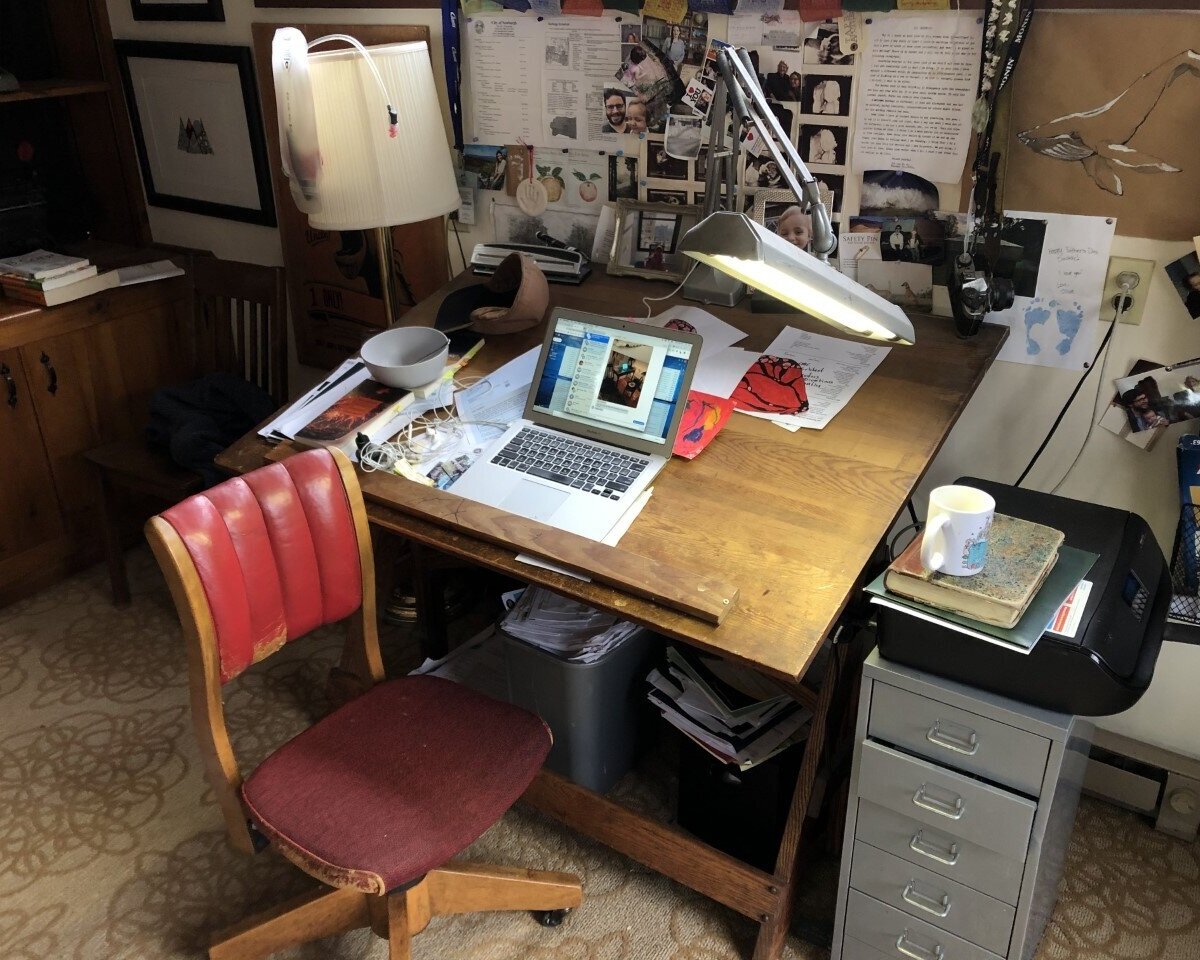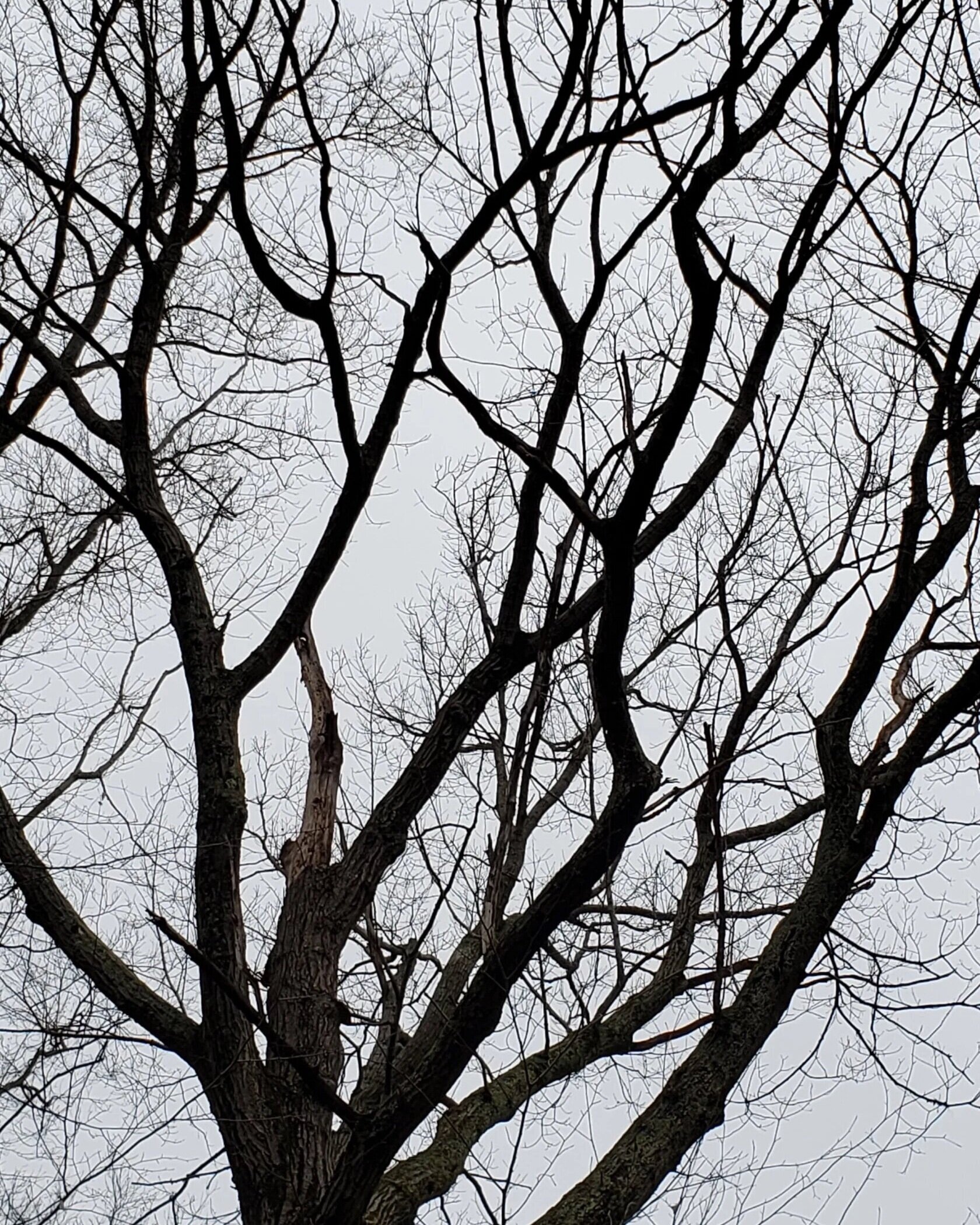
Practice Reflections
For retreat reports by retreat participants, please click here.
Chan Practice in a Pandemic
In mid-March 2020 after Covid-19 has been declared a pandemic and panic began to spread in the U.S., I invited practitioners to share their reflections on practicing in a pandemic. No one’s life has been untouched by the outbreak. In the midst of rapidly rising infection cases and news of potential shortages and the possibility of overwhelmed hospitals, we are presented with an excellent opportunity to practice. Practice remembering to use the method to calm the mind so that we can remember to practice hand hygiene and maintain social distance. Practice cultivating total clear awareness so that we do not fall into hopelessness by focusing only on the negative news. Practice cultivating compassion and allowing love to touch our heart amidst the suffering in the world.
(Rebecca Li, 3/19/2020)
After spending hours on the computer, reading email updates from work that invoked new contingency plans, catching up on rapidly changing government actions that impacted all aspects of life, learning about social distancing, checking in with family and friends, coming up with plans to be of service, I looked up and saw these beautiful white clouds floating in the blue sky, unperturbed. Gratitude and love filled my heart. What a precious opportunity to practice!
Words and Photo by Rebecca Li
Why Panic?
It’s not that I don’t understand or respect the mortal danger.
It’s not that the world does not seem strange, but what about it was not already strange?
It is not that fear doesn’t stretch like a shadow in the headlights on the path before me.
What illness will come? To my body first or to the factors of my civilization? To the engineering of my mind? To my family?
But between the questions, I hear the soft chafing of tall grass still blowing in calm wind. Messages from the distance, the voices of friends.
The wingspan curve of a bird that turns above the valley, thin shadows in the forest, warm light on a leaf.
The unburdened joy of children; same with their fear and their compassion, so honest. A hug from my daughters.
Then I can’t help but wonder– what panic?
Words and Photo by Lee Harrison
Intricacies. Branching.
Nothing to do.
I look up.
Mist falls on my face.
Words and Photo by Allison Orsi
Allow joy into our heart as spring starts
To remind us that life continues
Amidst distressing news day after day
That this horror will not stay
Words and Photo by Rebecca Li
Quiet Joy
As we integrate the practice into our daily life, we come into contact with moments of quiet joy. It is the joy of allowing ourselves to just be in the simplicity of the present moment and touch the peace within us even when we find ourselves in the midst of a complicated situation or challenging project. I have invited practitioners to share their experience of quiet joy in their daily life practice. I was inspired to snap a couple of photos on a recent hike in these moments of quiet joy. Please enjoy! Deep gratitude to everyone who has shared your practice!
(Rebecca Li, May 2019)
Photo by Rebecca Li
Photo by Rebecca Li
After driving for almost 6 hours in a stressful ride that included significant traffic, there were some rain clouds that began to appear off in the distance. Though I had done my best to stay present and centered throughout the trip, the stress got the best of me as I became frustrated, tired, and restless. I looked up to see this beautiful gift in the sky! My stress immediately melted away and I was overcome with joy and laughter. The universe kindly jolted me out of my self-absorption and reminded me that I am connected to the whole. I was filled with gratitude and didn’t mind sitting in the rest of the traffic for the final miles of the trip.
Photo and Words by Brian Pilecki
I thought this one would be easy but I struggled with it. My first reaction to “quiet joy” was an association with “happiness”, but that wasn’t correct. When I tried to encourage “happiness” to occur, I was unable.
I wondered: “am I an unhappy person?”
And, “does happiness even exist?”
But those questions were not correct either.
Eventually I understood that happiness is irrelevant. Happiness is a unit of measure applied to a story or expectation of reality. But joy is a condition, a mental state that maybe could be sustained by continued awareness but seems to be spontaneous in nature.
As I began to understand this I became able, by cultivating awareness, to access a quiet joy that emerged as recognition of the incredible coincidence of conditions occurring to create a perfect moment sitting at the top of a hill near my house after a long bike ride. The atmosphere shifting around me, blowing hair and grass and waves on the river below. The earth stuck spinning at just the right distance from a sun whose radiation warms my hands and agitates life that is bound in all of the dirt and stone and water of the earth. The whole earth is alive, with me too, emerging and permutating life just like the dandelions and the knotweed and everything else under the sun. How beautiful and unlikely. A sense of unity, a quiet joy.
Photo and Words by Lee Harrison
In this photo, there is a morel mushroom. You may find it quickly or not find it at all, I’ve had both reactions to it.
If you aren’t familiar, morel mushrooms are one of the most delicious mushrooms you can find. They only grow for a few weeks in the spring under finicky conditions, and are notoriously difficult to find due to their camouflage and leaf cover. My goal was to find some this year.
Two weekends in a row I set out in the woods on my own combing the blanket of leaves with my eyes. Apart from photographs I had never seen a morel before, so I felt my eyes were untrained to tease their image out from all of the curls and ridges of last fall’s leaves. If I scanned the ground too quickly, I was sure to miss one directly in front of me. My walking pace slowed to under 1 mph and I opened my gaze, setting my eyes to receive anything resembling a mushroom. I relaxed my body, because meditation has taught me that doing so allows more sensory information to reach my awareness.
Eye and neck tensions were the most helpful feedback. If I wanted to find morels too badly, if I expected to find one in a particular location, or if my mind started to wander, my eyes and neck would start tensing and the efforting would drain my energy. However, if I re-relaxed my body and let the possibility of finding a mushroom be there, I found the balance of relaxation and investigation both more effective and more enjoyable.
In total I only found 4-6 mushrooms in each of my 3-5 hour forays, and the second weekend’s search was a more challenging than the first’s. Each time I found a morel the first weekend I tasted a micro-explosion of joy, a dopamine hit that begat desire for more. It changed my searching to more of a seeking and I could feel the tension growing in my eyes and neck.
The deliciousness of these mushrooms blew me away, and I’ll be out again next year.
I encourage you to do the same or something similar (maybe find some camouflaged frogs!) with some obvious caveats. Morels can be easily identified with some research, but there is a poisonous lookalike species to be aware of. Remember some wild mushrooms are deadly! Also keep in mind warm weather means this is also snake season (I almost stepped on two!), tick season, and bear season. Know your risks, be safe, and enjoy the outdoors 🙂
Photo and Words by Jeremy Pronchik
I have come to see
That the weeds are not that deep
You only have to mow the lawn – regularly
And keep things from growing too wild
Each day – water helps,
Soak the bitter, the frustrating, the sad, the concerning
Then loosen the roots
In the end, you may not even have to pull….
Because behind the endless cloudy thoughts
It’s true that there’s nothing at all
Only the joyous fullness of the whole
The great earth
To lose yourself in
You’ll come back to the garden 🙂
By Sheila Collins
Standing.
Awareness of my feet.
My whole body relaxes.
Here, I am.
By Allison Orsi
The trees just outside my window bloom with white or pink flowers for less than a week in the spring. Then there are a few weeks of pale green leaves, a summer of dark green leaves, a few weeks of gold and red leaves, and a winter of bare branches. It’s a reminder for me of the emptiness of tress—but also a reminder that emptiness is not nihilistic. Rather, emptiness means everything is full of potential and possibility.
By Beth Adelma










